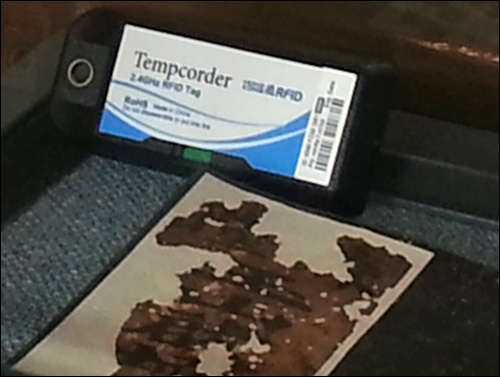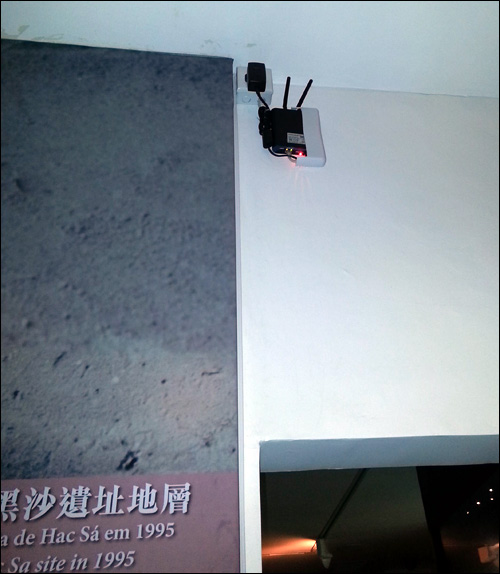Mar 27, 2013Several museums are employing a new RFID-based environmental-monitoring system that tracks the conditions around its artifacts. The solution was created by Hong Kong RFID Ltd., a hardware manufacturer, distributor and consultancy firm that provides radio frequency identification solutions. Although the museums asked to remain unnamed, they are owned and operated by the Instituto Para Os Assuntos Civicos E Municipais (IACM), Macau's Civic and Municipal Affairs Bureau.

The museums' artifacts and artworks are often hundreds or thousands of years old. Some are fragile and could be damaged by excessive heat or the presence of any moisture. In Macau, which has a subtropical climate, the air humidity level is often between 75 and 90 percent. As such, climate control to protect the artifacts is especially vital. Last year, the museums opted to install Hong Kong RFID's 2.4 GHz RFID sensor tags and readers, in order to automate the collection of data regarding those conditions, and thus receive real-time notification in the event that the conditions pose a threat to the items on display.
The museums installed Hong Kong RFID's Tempcorder Moist Tags (model number HKRAT-HT02) within display cases, or on walls or pedestals near exhibits. The battery-powered tag, which measures 52 millimeters by 30 millimeters by 4.5 millimeters (2 inches by 1.2 inches by 0.2 inch), comes with built-in temperature and humidity sensors. The tag transmits sensor data, along with its own unique ID number, via a proprietary air-interface protocol. The museums mounted Hong Kong RFID's Empress readers (model HKRAR-EMWF) on walls, counters or desktops. The HKRAR-EMWF, measuring 125 millimeters by 108 millimeters and 26 millimeters (4.9 inches by 4.3 inches by 1 inch), captures a tag's signal and transmits that data to Hong Kong RFID software residing on a standalone system onsite, via the museum's Wi-Fi connection. (The reader can also send information via a cabled connection, if a museum prefers.) In some cases, museums are also employing an Empress handheld reader, if users want to confirm a tag's temperature and humidity measurements.
The software, in turn, interprets the data and stores each tag's temperature and humidity readings, which are then linked in the software to the artwork or artifacts within the tag's vicinity. If the temperature or humidity range falls outside the excepted parameters, the software can issue an alert via e-mail or text message to authorized museum employees, or display that event in the software for the staff to view.
For museums using this technology, the solution is intended not only to ensure that conditions remain optimal for the artifacts, but also to provide an electronic record of those conditions. Most museums currently track conditions manually. Typically, they periodically send staff members through the facilities to record temperature and humidity readings on sensors located throughout their exhibits. This process is time-consuming, however, and does not provide the volume of data that can be derived from a real-time sensor-based tracking system, according to Craig Jo, Hong Kong RFID's business-development director.
The largest of the Macau museums using the technology opted to install the system during the fourth quarter of 2012. The solution consisted of 65 Tempcorder Moist Tags and 13 Empress readers, in order to provide coverage throughout both floors of the 6,867-square-foot facility. The readers send data to Hong Kong RFID software operating onsite at the museum. The software, created specifically for the museums by Hong Kong RFID, is not integrated with the facility's own management system, but rather stands alone.
"The environment-monitoring system has brought convenience and efficiency to the operation and management of the exhibits," Jo says. Although the museums' managers declined to comment for this story, he notes, they reported to Hong Kong RFID that "time and effort are saved, as no manual monitoring is required anymore." Another benefit, he adds, is that if conditions change, museum management can access the sensor reporting a problem, verify that the temperature or humidity is at risk of damaging an artifact or piece of art, and take immediate corrective action.



